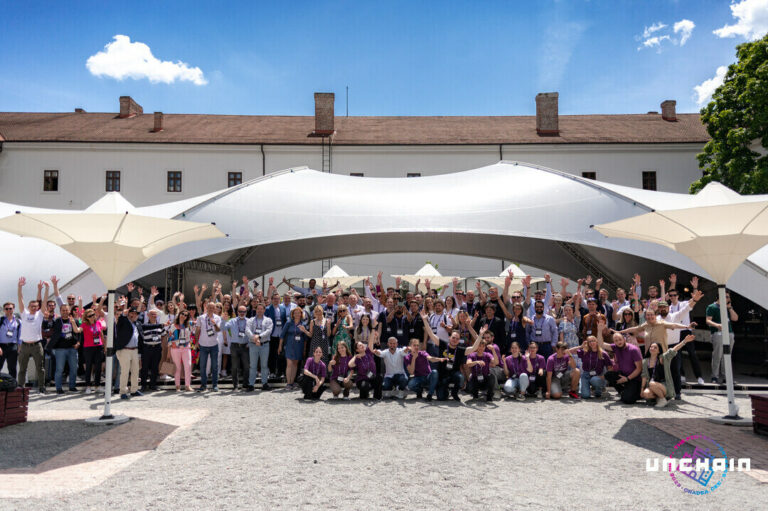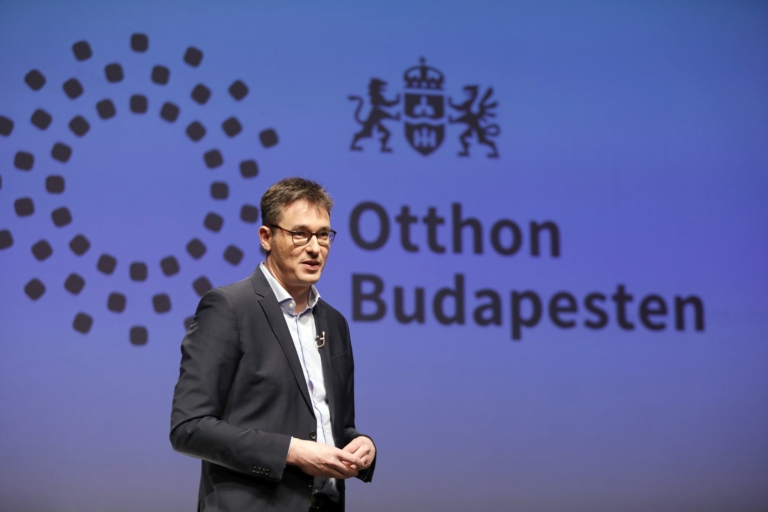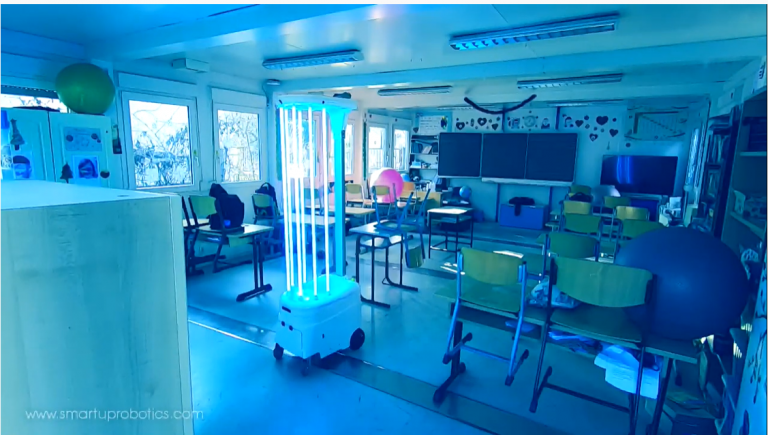Artificial intelligence
Hungarian artificial intelligence invention to revolutionise solar energy sector?

Harambe Token: A Smart Investment or a Risky Gamble?
Sponsored content Investing in cryptocurrencies often feels like navigating a maze with all the price swings and scams. And let's...
EU’s Media Freedom Act is ‘censorship law’, Orbán’s Fidesz says

UNCHAIN Fintech Festival 2024 in Nagyvárad-Oradea: finance meets future in CEE

Stunning VISUALS: Green Budapest would look marvellous without cars

Should Hungarian Companies be Doing More to Adapt to the Rise of Artificial Intelligence?

Tech Trends: The Latest Innovations Shaping the Gaming Experience
Sponsored content Traditional board games still have that retro feel that makes them resistant to changes. On the other hand,...
Should small Hungarian businesses concentrate on an online presence?
Sponsored content It's no secret that Hungary is in the midst of a very strong economic downturn and the country...
AI developed and tasted its own energy drink
The world's first energy drink entirely powered by AI has been developed by HELL ENERGY. Design, recipe, tasting and meticulous...
PHOTOS: How does AI picture famous Hungarian landmarks?

What does ChatGPT think of Hungary?

Hungarian startup the first to launch AI-Based software for customer service

Budapest Mayor: artificial intelligence is smarter than the Hungarian government

Department of Artificial Intelligence opens at ELTE

Palkovics highlights judiciary digitalisation at international conference

Hungary to build Europe’s largest supercomputer

European justice ministers’ conference held in Gödöllő
Whereas digitalisation and artificial intelligence offer "the greatest opportunities of our time", they also present huge challenges to judicial systems,...
ViroFighter: Hungarian disinfection robot built to combat the coronavirus



